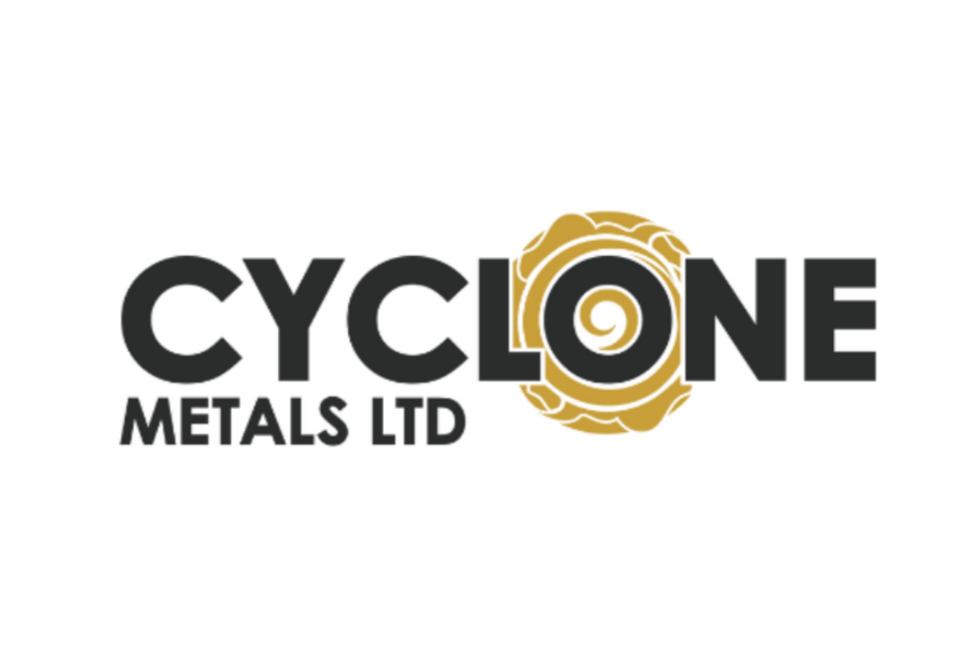Vale Commits to Scope 3 Greenhouse Gas Emissions Targets

The major mining company has committed to reducing its emissions along the entire supply chain following a tough year for iron ore production.
Vale (NYSE:VALE) recently announced it would set Scope 3 emissions targets, which includes reducing greenhouse gas emissions from its products after they have been sold.
At an investor briefing on Monday (December 2) in New York, Vale outlined plans to target net-zero emissions by 2050, aligning the company’s operations with the Paris Agreement on climate change. The miner also set its goal of a 26 percent female workforce by 2030.
“We have the products to help our customers reduce their footprint: high-grade iron ore, pellets and nickel, which will help electrify the world,” Luciano Siani, Vale’s CFO, said.
Scope 3 emissions, as outlined by the Greenhouse Gas Protocol, include the downstream and upstream emissions that occur in the value chain of a company, including the product’s life cycle from initial manufacturing to commercial use and subsequent disposal.
Vale is not the only major mining company to commit to such targets; BHP (ASX:BHP,NYSE:BHP,LSE:BLT) committed to reducing its greenhouse gas emissions and committing to Scope 3 emissions goals as well.
During the company’s investor briefing, Vale also announced its production estimates for the next few years. The new estimates promise that Vale’s production will climb within the next three to four years.
Vale’s iron ore production dropped significantly this year due to a dam collapse at its Córrego do Feijão mine in Brazil in January, which killed over 250 people and significantly incapacitated the company’s ability to produce iron ore.
The company expects to produce 340 to 355 million metric tons (Mt) of iron ore and 400,000 Mt of copper in 2020, 375 to 395 million Mt iron ore and 430,000 Mt of copper in 2021, 390 to 400 million Mt of iron ore in both 2022 and 2023, and 460,000 Mt copper in 2022 and 480,000 Mt of copper in 2023, respectively.
Since the Córrego do Feijão mine disaster, Vale has taken additional steps to ensure no accident of that scale occurs again, and it will be temporarily suspending the disposal of tailings at the Laranjeiras damn at the Brucutu mine in order to assess the dam’s characteristics. While the dam is suspended, the Brucutu plant will operate at around 40 percent of its capacity.
This year has been a hard one for Vale’s share price, which has dropped by 10.88 percent since January. The stock has, however, made gains these past five days, increasing by 0.17 percent since November 26.
As of 12:00 p.m. EST on December 3, Vale traded for US$12. Meanwhile, iron ore opened markets on December 3 trading for US$88.11 per metric ton. In London, copper traded for US$5,855 per metric ton on December 2.
Don’t forget to follow us @INN_Resource for real-time updates!
Securities Disclosure: I, Sasha Dhesi, hold no direct investment interest in any company mentioned in this article.
